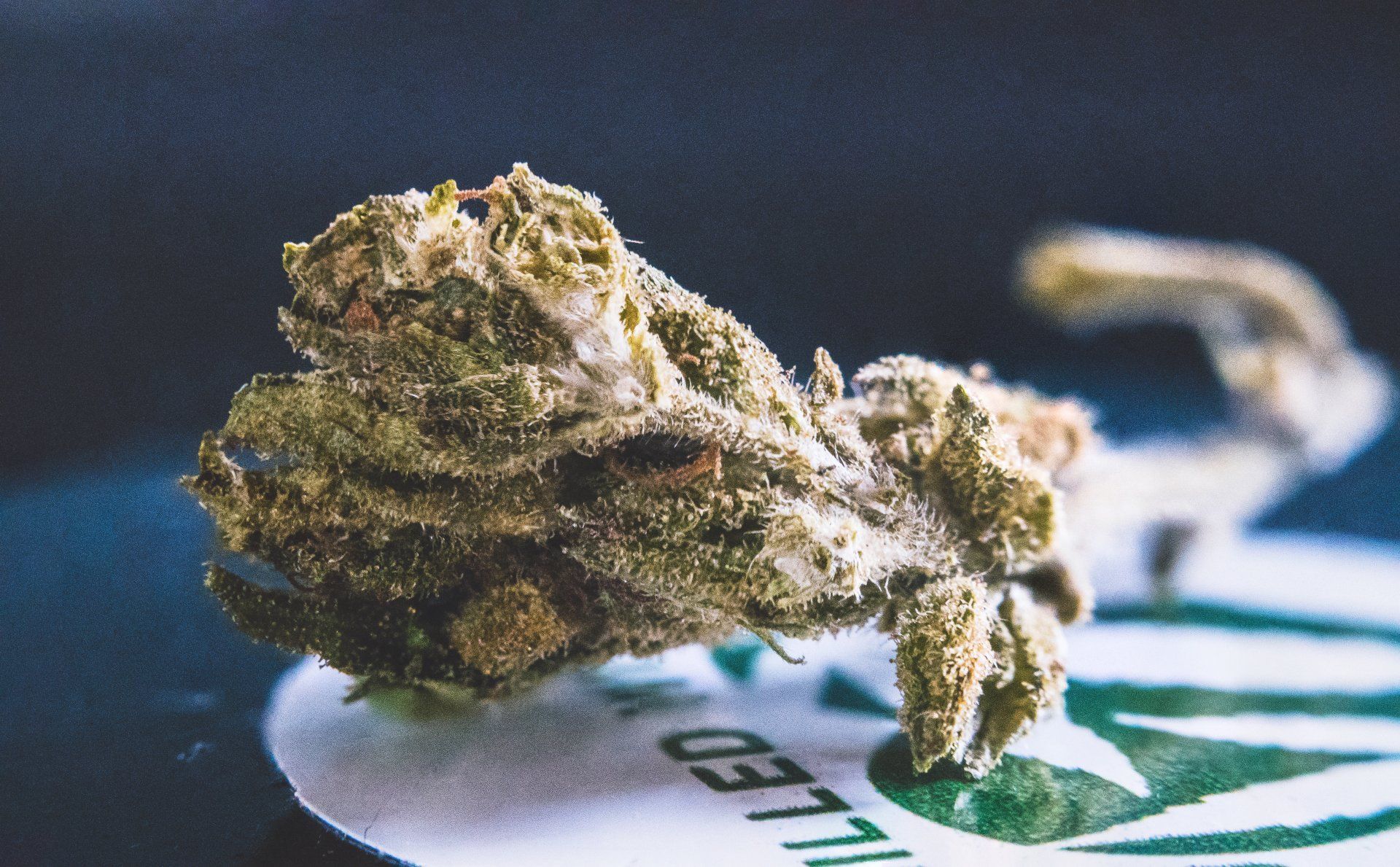How Long Does THC Stay in Your System? A Comprehensive Guide
Clearing the Smoke: How Long Does THC Stay in Your System?

THC is the active ingredient in cannabis that produces the high associated with using marijuana. When you consume cannabis, THC enters your bloodstream and eventually makes its way into your body's tissues, including your fat cells. In this article, we'll explore how long THC stays in your system and what factors can affect its presence.
THC Metabolism
The amount of time THC stays in your system depends on your body's metabolism. THC is metabolized by the liver into several different metabolites, which are then eliminated from the body through urine and feces. The half-life of THC is around seven days, which means that it takes around a week for half of the THC to be eliminated from your body.
Types of Drug Tests
The type of drug test used to detect THC can also affect how long it stays in your system. Urine tests are the most common type of drug test and can detect THC for up to 30 days after use. Blood tests can detect THC for up to 2 days, while saliva tests can detect THC for up to 72 hours. Hair follicle tests can detect THC for up to 90 days.
Frequency of Use
The frequency of cannabis use can also affect how long THC stays in your system. THC accumulates in fat cells, so if you use cannabis regularly, it can take longer for your body to eliminate it. Infrequent users may eliminate THC from their system more quickly than heavy users.
Body Fat Percentage
As THC accumulates in fat cells, individuals with higher body fat percentages may eliminate THC more slowly. THC can also be detected for longer periods in individuals with a higher body fat percentage.
In summary, how long THC stays in your system depends on several factors, including your body's metabolism, the type of drug test used, the frequency of cannabis use, and your body fat percentage. If you need to pass a drug test, it's best to abstain from cannabis use for at least a few weeks. Understanding how long THC stays in your system can help you make informed decisions about your cannabis use.
Disclaimer: The information provided in this article is for educational purposes only. The content is not intended to be a substitute for professional medical advice, diagnosis, or treatment. Always seek the advice of your physician or other qualified healthcare provider with any questions you may have regarding a medical condition. The use of cannabis, including smoking, may have potential health risks and may not be suitable for everyone. It is essential to understand and abide by the laws in your country or state regarding cannabis use. The author and publisher of this article are not responsible for any adverse effects or consequences that may result from the use of the information presented in this article. This blog is sponsored by Fresh Mint.
SHARE:
Disclaimer: The information provided in this article is for educational purposes only. The content is not intended to be a substitute for professional medical advice, diagnosis, or treatment. Always seek the advice of your physician or other qualified healthcare provider with any questions you may have regarding a medical condition. The use of cannabis, including smoking, may have potential health risks and may not be suitable for everyone. It is essential to understand and abide by the laws in your country or state regarding cannabis use. The author and publisher of this article are not responsible for any adverse effects or consequences that may result from the use of the information presented in this article. This blog is sponsored by
Fresh Mint.











